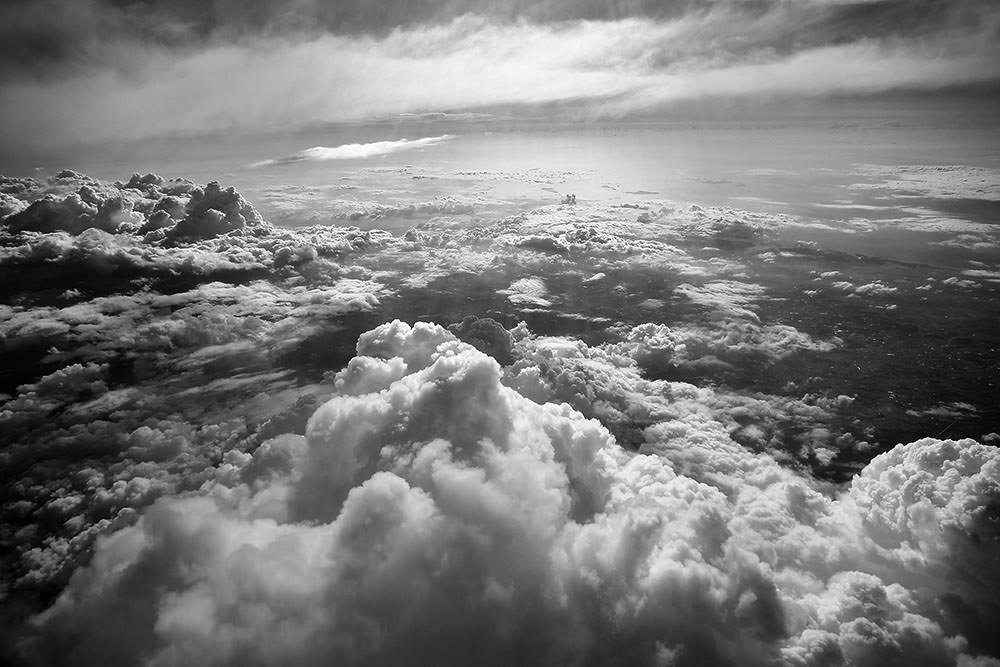[raw][slideshow controlnav=”false” directionnav=”true”]
http://www.wired.com/images_blogs/rawfile/2013/04/happy-end-41.jpg
http://www.wired.com/images_blogs/rawfile/2013/04/happy-end-1-4.jpg
http://www.wired.com/images_blogs/rawfile/2013/04/happy-end-91.jpg
http://www.wired.com/images_blogs/rawfile/2013/04/happy-end-51.jpg
http://www.wired.com/images_blogs/rawfile/2013/04/happy-end-31.jpg
http://www.wired.com/images_blogs/rawfile/2013/04/happy-end-14-1.jpg
http://www.wired.com/images_blogs/rawfile/2013/04/happy-end-12-1.jpg
http://www.wired.com/images_blogs/rawfile/2013/04/happy-end-9-2.jpg
[/slideshow][/raw]
[hr4]
BY JAKOB SCHILLER | @jakobschiller
Dietmar Eckell has traveled the world in pursuit of ruin. His portfolio is filled with mystifyingly beautiful pictures of abandoned buildings, forgotten military sites and decomposing cars. For his newest project, he tracked down 15 rotting airplane carcasses left over from crash sites where there were no fatalities and everyone was rescued.
“We hear enough about air disasters in the news so I didn’t feel the need to dramatize that in my photography,” he says. “Instead I wanted to give the viewer a positive ‘wow’ effect.”
For nearly three years, he trekked to extremely isolated locations across the world — nine countries on four continents — to find the photos and now he’s running an Indiegogo campaign to fund a self-published book.
“I shoot all kinds of abandoned relics with amazing stories, but the planes are special,” he says. “Visually it’s just surreal when you see an airplane after the long journey to get out [to these remote spots].”
In Papua New Guinea he says the quest to find a downed plane was like a trip through history. He was after a piece of modernity, but to get there he had to cross through communities that still clung to centuries-old traditions and had no electricity or running water. While chasing another wreck in North Africa he had to negotiate with a local rebel group in order to get transported across the border from Mauritania into Western Sahara.
“That was a different kind of thrill,” he says.
Most of the airplanes have sat in the same spot for decades, so over time they’ve become part of the landscape. In the forests, trees grow through broken windows. In the desert, piles of sand conform to the shape of the fuselage. In the mountains, their gray metal innards start to resemble the rocks around them.
To find the wrecks, Eckell pored over internet forums, dug through archives and searched Google Earth. Once he had a general region, he also began surveying local pilots to see if they had details on a specific location.
He couldn’t get to the most remote crashes in places like Antarctica and Greenland because it was too expensive, but he hasn’t given up. He’s trying to raise more money and plans to eventually track them down.
“One day I’ll get there,” he says.
All Photos: Dietmar Eckell
For more information: http://www.wired.com/rawfile/2013/04/finding-beauty-in-wrecked-and-rotting-airplanes/


